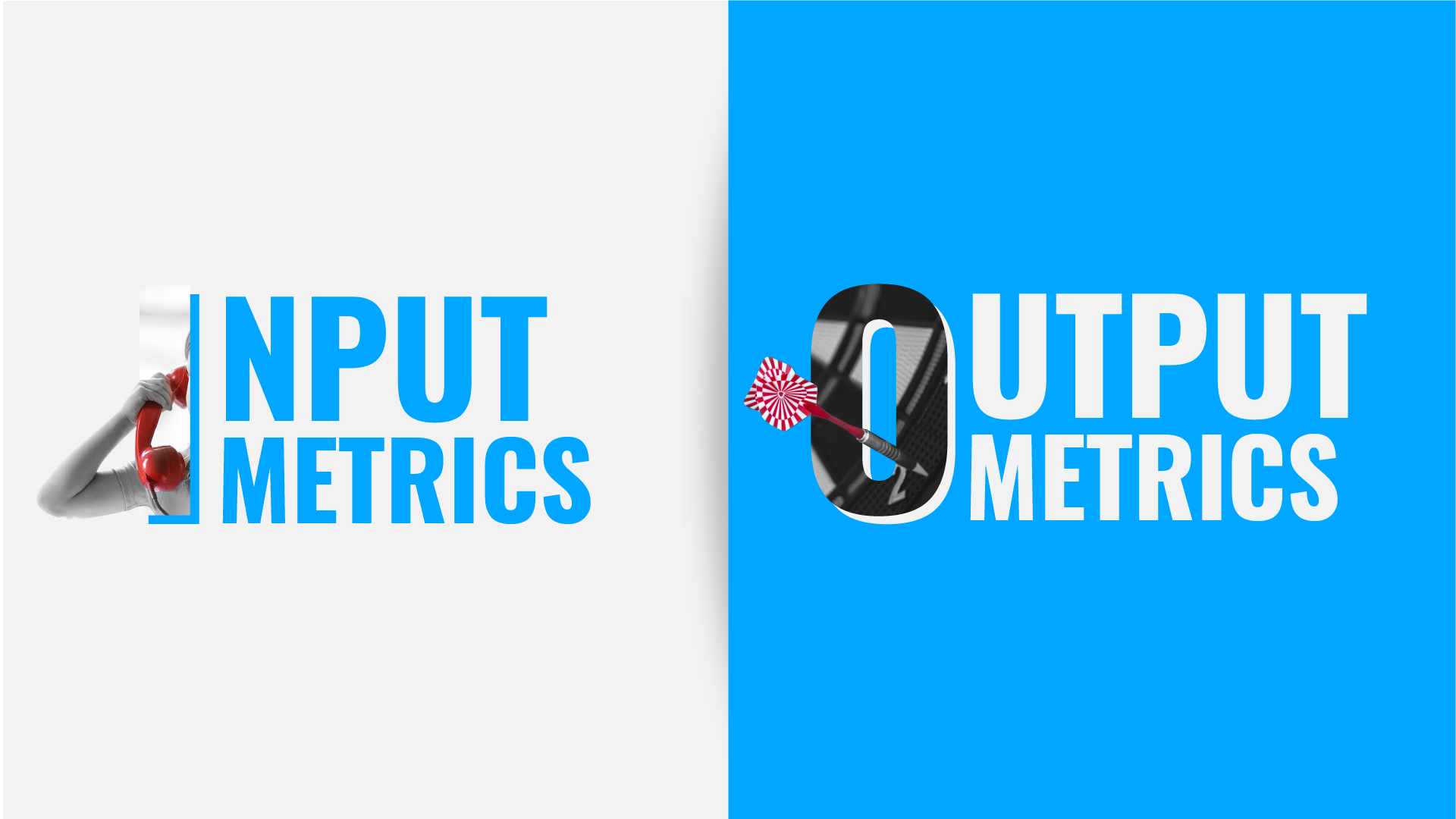Every business plan requires financial forecasting. You need to show that you have an awareness of the industry in which you are providing services, from advertising to entertainment to holistic medicine. That means knowing how to calculate the profits and losses that can keep you in the black.
From a personally practical standpoint, financial forecasting also tells you if your business has a shelf life or if it will grow in the future. You need to decide if you can afford a later decision, like hiring new employees, upgrading websites and software, or changing your wares. Every business needs to know how many days they can go without revenue or when clients miss payments. They also need to accurately measure the amount of money left in their bank account.
Your agency doesn’t abide by the regular workday. Instead of employees coming in at 8 AM and clocking out at 5 PM, everyone has to keep irregular hours. You focus on keeping clients happy and providing the services they need. Thus, you must adopt unconventional accounting to plan for the future.
Investors will look at your business and want to know about potential growth. They want a return on their startup capital. Especially if you operate in a competitive industry, you have to convince investors that you have the winning ticket. Deliver them a business plan with solid financial forecasting, and they will take an interest.
Financial Forecasting Basics
Financial forecasting involves predicting your business performance in the future. Accountants will usually evaluate income statements and make informed decisions accordingly.
At DeepSky, we start at the beginning of a fiscal year to help clients plan their finances. We believe that due to the profit cycle being unpredictable, that many businesses insert too many details that don’t account for variables.
Set a goal for what you wish to accomplish in the next six months, and figure out your top high priorities to reach that goal. Build your forecast around those priorities and a single goal.
You can adopt one of two strategies: realism or robustness. With realism, you look directly at current financial documents. This method is more precise and accurate. On the other hand with robustness, you analyze historic trends and find the patterns that can predict growth. You can simplify your methods with this strategy.
For agencies specifically, accounting teams will also analyze employee trends in a realistic model. Your specialized employees bring in most of the revenue, so you must calculate a fair wage for them that also maximizes their value to your agency. In this way, you can retain talent while not overpaying on human resources.
Key Performance Indicators (KPIs) dictate our analysis. Net profit is the most important one, but it’s not the sole one. Specifically, we use the Labor Effectiveness Ratio or LER; this is gross profit minus divided by the amount of labor salary. You figure out how much profit you are getting per dollar of labor. Any agency can track this, but we know how to incorporate it into your forecasting effectively.
Once you project revenue and the necessary KPIs, you have to determine the gross margin for your business. Gross margin refers to the net of sales revenue minus the cost of goods sold. In the case of agencies and service-based businesses, this refers to the cost of providing a service to a customer or a group of customers. The gross margin is a good benchmark for progress.
Always update your balance sheets and income statement, the latter of which is also called the profit and loss statement. Compare your income statement to your projections on a regular basis. That way you can assess your financial health.
Preparing Your Sales Team
Anticipate changes that come with the sales cycle, especially with holiday rushes and slumps, and special occasions. Inform your team about projected revenues over a period of three years, so that they can plan with their clients accordingly.
Your team also needs to know sales goals, and about the risk of losing your available cash. As we’ve mentioned, businesses need to pay their fixed and variable costs to honor debts; if revenue doesn’t come in time, then cash flow can become negative. We call this negative area the danger zone since you will go out of business.
Managing profit can help you avoid that danger zone. Logically speaking, increasing profit will reduce the gap that can occur because you have more available cash to pay expenses. For service companies, set fixed dates for payment that are consistent and beneficial for you, and send invoices weekly. If you want to do a contractual payment system, charge a monthly fee and your client will provide the cash you need.
Know your break-even point, where your revenue and ongoing costs are equal, including the costs of running the services. That way you can work to that point, and see it as a goal before working to attain a profit. Alternatively, use it as the point for when you need to cut costs to reduce losses.
Plan For The Long-Term With DeepSky
DeepSky provides outsourced accounting services to help you evaluate your business’s health and reduce operating expenses. We have a team of experts ready to help customize your financial projections for different businesses.
Reach out to us today to get started on your financial planning. We will be greatly excited to help you get started on your future profits and to improve your cash flow. Save on the costs of hiring an accountant full time, and reach out to our specialized teams!




